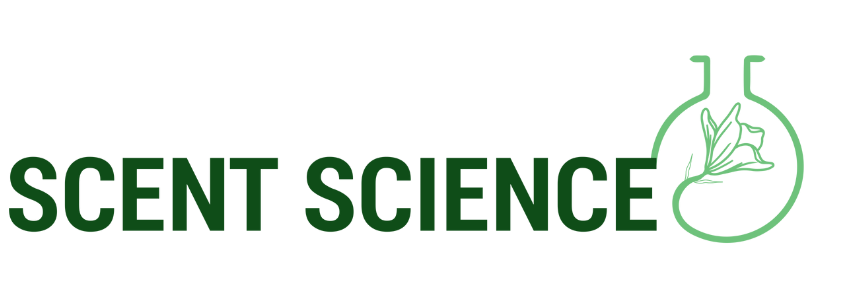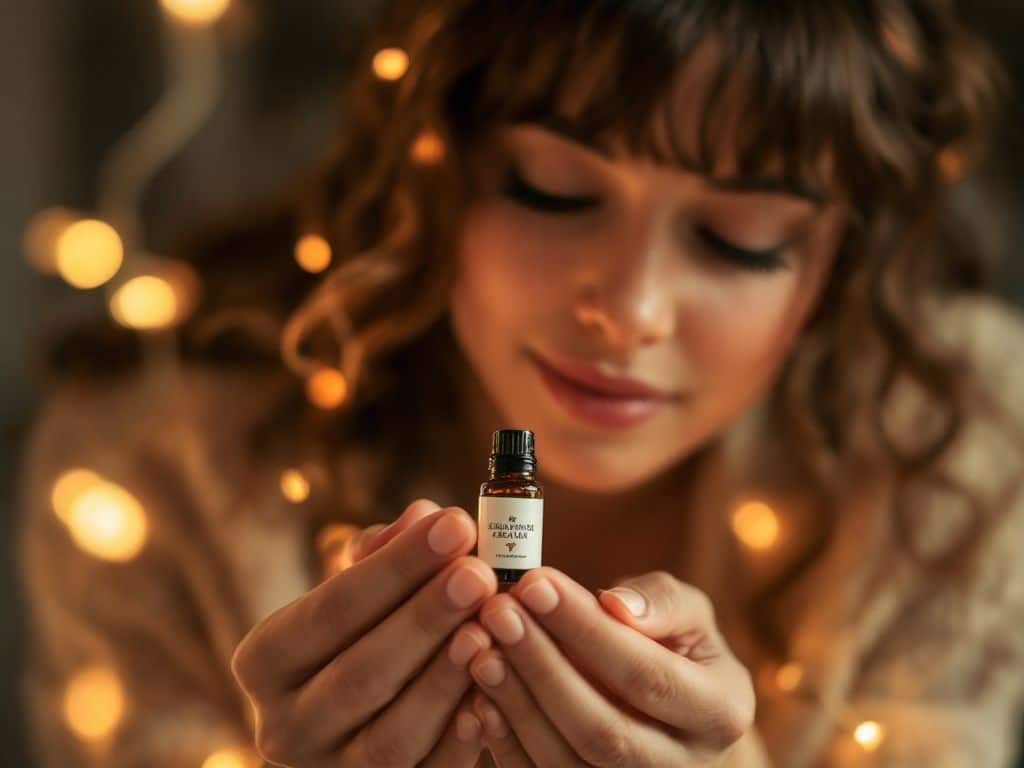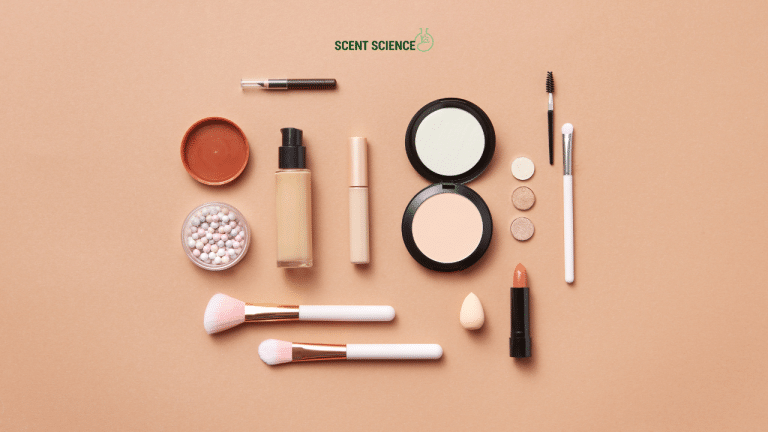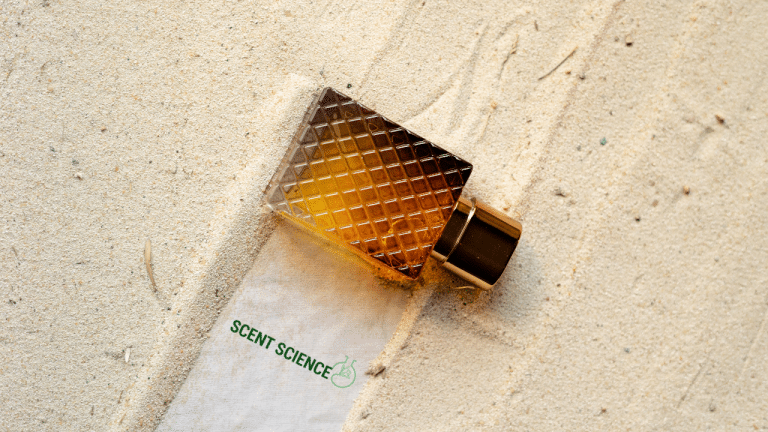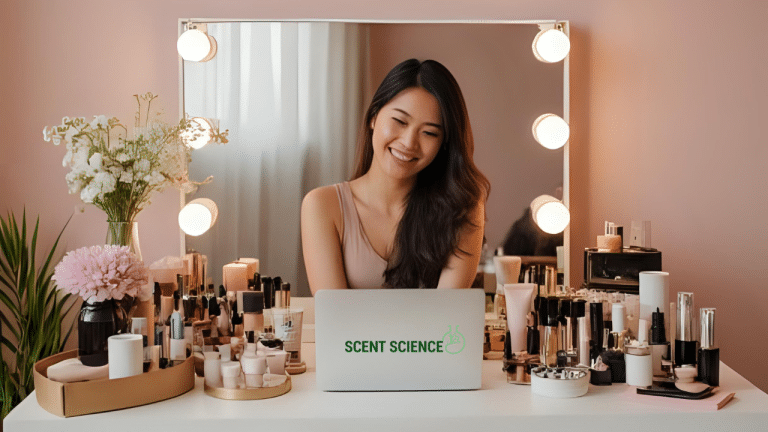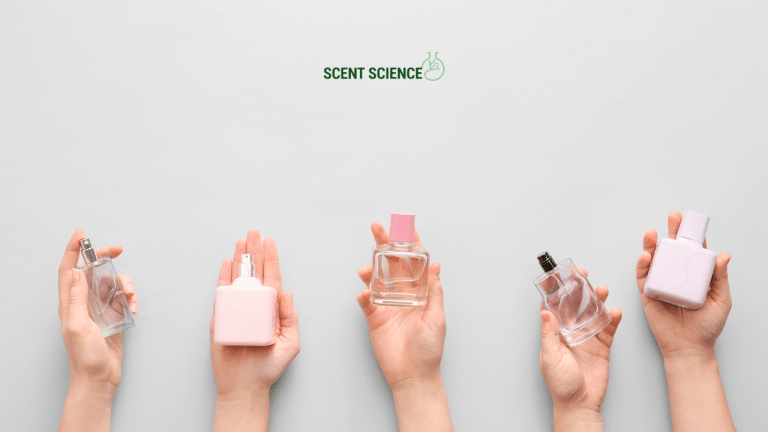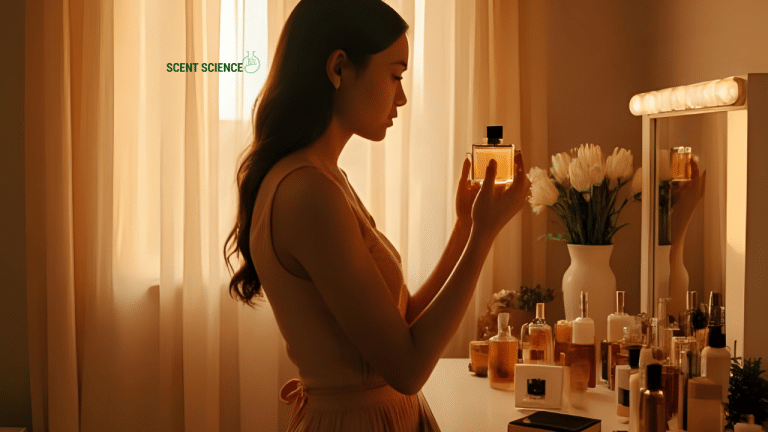I still vividly remember the day I stumbled across that quaint, unassuming scent shop nestled between an antique bookstore and a bustling café. The moment I stepped in, I was enveloped by an aroma so rich and inviting that, for a brief instant, the cacophony of the city outside seemed to dissolve entirely. At the time, though, I was a skeptic. Little did I know that this serendipitous encounter would mark the beginning of a transformative journey into the world of scent therapy—a journey that would ultimately turn this skeptic into a zealous believer.
Table of Contents
ToggleBeginning the Personal Fragrance Journey
For many years, fragrance was to me exactly how most people perceive it—simply an attractive olfactory note or a pleasant accompaniment to an outfit. However, fragrance therapy, also known as olfactory or aroma therapy, piqued my curiosity when a persistent friend urged me to explore its benefits. She claimed it could alter moods, enhance cognitive functions, and even aid mental health. My initial reaction was one of incredulity; after all, how could something so intangible yield such profound effects?
Scientific Basis of Scent Therapy
Before embarking further on this journey, I sought to understand its underlying mechanisms. The core principle of scent therapy revolves around the olfactory system, which facilitates the process by which the brain interprets smells. When we inhale, odor molecules activate receptors in the nose, which then send signals to the olfactory bulbs, part of the brain’s limbic system known for regulating emotions and memory. 🧠
A 2013 research study by Herz et al., published in *Frontiers in Psychology*, concluded that scents have the power to influence brain activity, affecting areas involved in mood regulation and memory processing. Emotionally charged memories triggered by familiar fragrances can evoke powerful reactions, a phenomenon all too familiar to anyone who smells freshly baked bread after not having it since childhood.
Overcoming Skepticism With Real-World Experiences

As I delved deeper, I realized my skepticism would only abate through personal testimony and experiential learning. Curious, I began attending local workshops, including those offered by noted perfumer and scent therapist Emma Dankworth. During one particularly insightful lab session, Dankworth guided us through the methodical creation of custom scent blends designed to evoke specific moods and memories—such as calmness, nostalgia, and invigoration. The results were nothing short of miraculous.
One participant, grappling with chronic stress, revealed an emotional connection to the scent of lavender. When incorporated into her daily regimen, she reported significant reductions in stress-related symptoms—a real-world application supported by statistical evidence indicating that lavender can decrease anxious responses by up to 25%, as affirmed by a 2017 study published in *Evidence-Based Complementary and Alternative Medicine*.
Transformation Through Scent Therapy Experiences
Transformed by these enlightening experiences, I wholeheartedly dived into scent therapy, not just as a holistic practice but as a lifestyle enhancer. Here’s what I uncovered during my journey:
Harnessing Fragrance for Mental Health Enhancement
**Lavender for Relaxation:** Widely known for its calming properties, lavender is perhaps one of the most researched scents. Continuously used in clinical settings, research indicates that inhaling lavender oil can induce relaxation and may help treat anxiety and depression. For instance, a clinical trial featured in *The Mental Health Clinician* recognized lavender’s ability to complement traditional antidepressant therapies. 🌸
**Peppermint for Performance:** As someone struggling with productivity, particularly during mid-afternoon slumps, I experimented with peppermint essential oil, reputed for stimulating mental clarity and alertness. A study conducted by the University of Cincinnati found that inhaling peppermint can increase mental precision by up to 28%—transformative results I quickly noticed when burning peppermint oil while tackling demanding tasks. 📈
The Connection Between Memory and Scent

One of the highlights of my scent therapy experiences was observing its power on memory enhancement. Scent, due to its direct connection with the brain’s limbic area, has profound ramifications for memory retrieval. At one workshop, facilitated by neuroscientist Dr. Oliver James, studies were discussed that involved Alzheimer’s patients and therapeutic fragrances.
In a 2019 pilot study by the *Journal of Alzheimer’s Disease*, a unique olfactory intervention using rosemary and lemon scents showed promise in aiding memory improvements in elderly patients. Inspired by these results, I adopted this scent routine for elderly family members as a supplementary tool to stimulate cognitive function, witnessing subtle, yet noteworthy, improvements.
Emotional Resilience Through Aroma
During a particularly trying period—a career slump compounded by personal loss—I sought solace in ylang-ylang, famed for its mood-lifting properties. This floral oil’s therapeutic benefits are eagerly upheld in alternative circles, with empirical data in a 2018 article by the *Journal of Ethnopharmacology* affirming its impact on reducing both stress and negative emotional responses. Leveraging this as part of my daily mindfulness practice helped elevate my mood, cultivating resilience against circumstantial adversities.
practical Tips for Integrating Scent Therapy Into Everyday Life
Through my personal fragrance journey, I’ve distilled key insights and practical tips for integrating scent therapy into one’s life:
**1. Tailor Your Scents to Your Needs:** Consider your emotional and cognitive needs—do you require relaxation, concentration, or memory enhancement? Choose fragrances accordingly, opting for lavender, peppermint, or rosemary as appropriate.

**2. Environment Matters:** Designate distinct scents for specific environments, like creating a smelling station at your workspace with peppermint or rosemary or infusing your bedroom with lavender for serene nights.
**3. Incorporate Scent into Daily Rituals:** Whether using diffusers at home or carrying personal inhalers, make scent therapy a cornerstone of your daily routine to sustain its long-term benefits.
Observing Industry Standards for Safety and Efficacy
While exploring scent therapy, adhering to industry standards ensures safety and efficacy. According to the National Association for Holistic Aromatherapy (NAHA), vital considerations include sourcing pure essential oils, ensuring the ethical procurement of materials, and cautious administration to prevent adverse reactions.
For those embarking on their journey, consulting a certified aromatherapist—and considering contraindications, especially for individuals with allergies, asthma, or skin sensitivity—is a practice I cannot recommend enough.
Conclusion: A Transformative Realization
My journey through scent therapy not only changed my perception of what fragrances could offer but also reinforced a deeper connection with my inner psyche and external environment—ushering genuine transformation that laid waste to initial doubts. From vibrant mental health improvements to emotional ballast amidst personal turbulence, the profound influence of scent therapy experiences in every facet of my life has now become irrefutable.
Embarking on this exploration is akin to unveiling an ethereal language through which the mind and body dialog. It’s a journey I wholeheartedly encourage—to discover the scents that resonate with and realizes your potential for well-being along the way. 🍀
Frequently Asked Questions
What are the benefits of using a hair mask in my hair care routine?
Using a hair mask can provide several benefits, including hydration, smoothing, strengthening, curl definition, heat protection, and damage repair. Hair masks infuse the hair with moisture, help coat the hair shaft to seal split ends, reduce breakage, and protect the hair from heat styling and environmental damage[1][4].
What ingredients should I look for in a hair mask?
Effective hair masks often include ingredients such as coconut oil, argan oil, shea butter, honey, avocado oil, green tea, and coconut water. These ingredients provide nourishment, moisturize, and protect the hair, offering benefits like softening, moisturizing, and protecting against damage[2][5].
How often should I use a hair mask in my routine?
You should use a hair mask whenever your hair feels dry, unmanageable, or in need of intense hydration. This can vary depending on your hair type and needs, but generally, using a hair mask once or twice a week can help maintain healthy and moisturized hair[1][4].
How do I apply a hair mask for the best results?
To apply a hair mask effectively, shampoo your hair first, then apply the mask, focusing especially on the ends where hair tends to be the most damaged. Leave the mask on for anywhere from 10 minutes to overnight, depending on the type of mask and your hair’s needs[1][4].
References